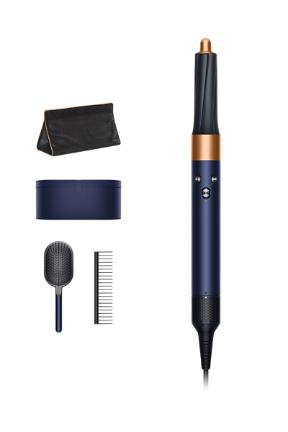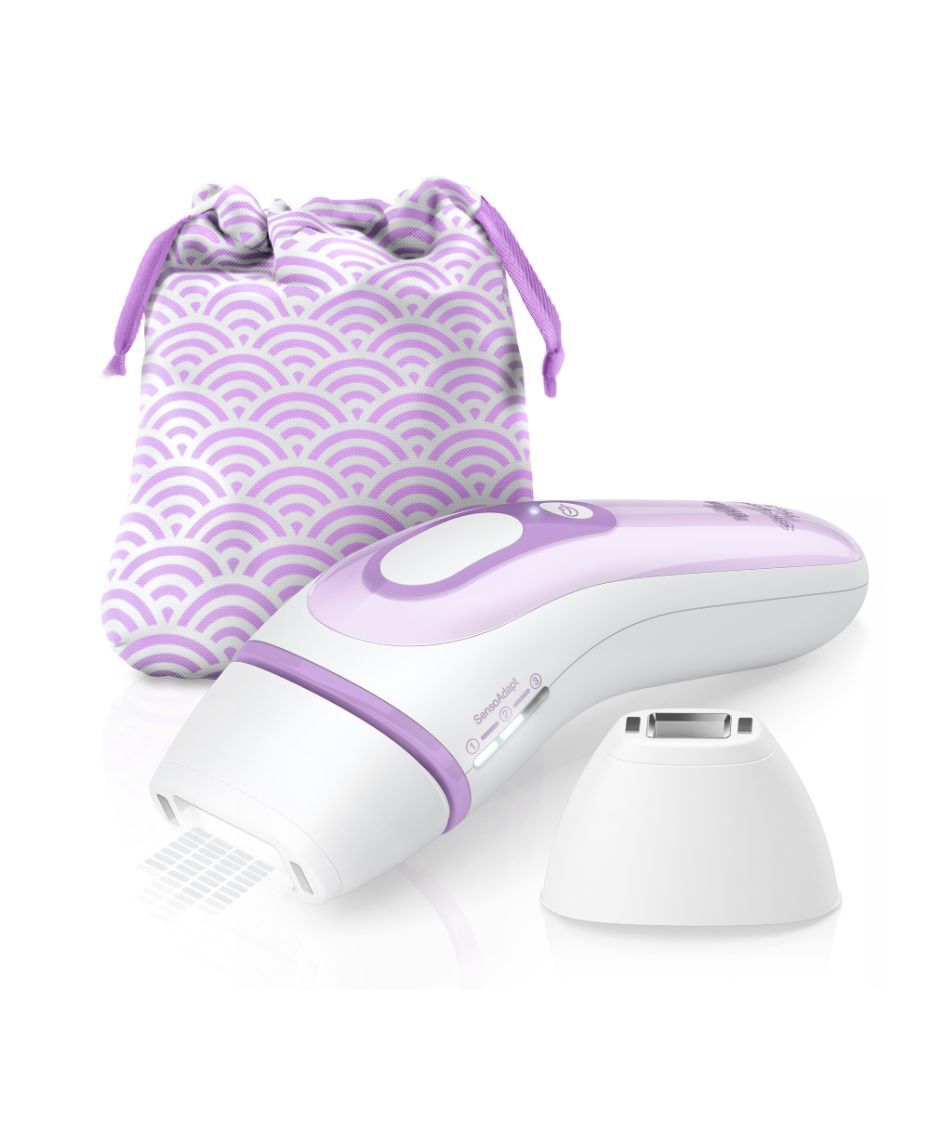Dyson Airwrap™ Complete (Prussian Blue/Rich Copper) – Dyson
Engineered for multiple hair types. With barrels to curl and wave, and brushes to control, smooth or add volume.
Dyson-designed presentation case and travel pouch
Protect and neatly store your Airwrapᵀᴹ styler at home and when on the move. The presentation case is cushioned with soft fabric and secured by a magnetic clasp. The travel pouch is light and made with soft, heat-resistant material.
Dyson-designed Paddle brush and Detangling comb
For smoothing and detangling your hair before styling. The Paddle brush is designed for usage comfort with an ergonomic handle, air-cushion suspension and rounded bristles. The Detangling comb is engineered with wide, polished teeth to glide easily through wet and dry hair – with minimal friction.
Casual curls
See how to create and set gentle, natural-looking casual curls.
Wavy bob
Add body and texture to your bob. Learn how to create soft, loose curls and waves in short to medium-length hair.
Silky and straight
How to create smooth, silky hair with a soft appearance. For fine hair.
Smooth and straight
How to create a smooth, elegant style – from roots to tips. For coarser hair.
Textured volume
How to shape and lift your hair for textured, natural-looking body.
Additional information
| Height | 10.7 in |
|---|---|
| Length | 1.6 in |
| Width | 1.9 in |
| Weight | 1.5 lb |
| Sound level | 82 dBA |
| Power | 1,300 W |
| Power/Heat setting | 4 heat, 3 speed |
| Air Flow | 13 l/s |
| Cable Length | 8.5 ft |






by Mike
Does everything curls straightens drys best investment
by Bahamas
Once you get the hang of it it’s amazing you can create many styles easily and quickly minimizing damage yo your hair is also important.
by James
My wife liked this so much, she bought a second one for our daughter!
by Tina
I’m not one to spend this much on myself but I’ll never regret it. Friends think I just left the stylist after a few minutes using this. Totally worth it. USA should be offered the matching long barrels, seemed short sighted to just make available in UK.
by John
Got it fast. Easy use. Love my dyson airwrap. If you could get hold of one buy it right away. It sells out fast. Worth it. I’m no expert in styling but this made it easy like I’m a pro.
by Dee
Love my Dyson Hair Wrap.
Though there needs to be more tutorials on short hair, not just a bob haircut. I have short straight hair and a curl doesn’t stay, my Dyson helps keep the volume and style intact.
A smaller in circumstances round brush would be a great accessory.
Also use Older Models, we still want to look Fabulous, it’s not just for younger women.